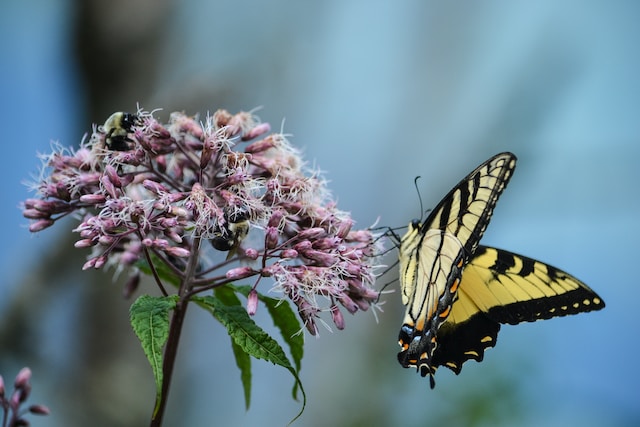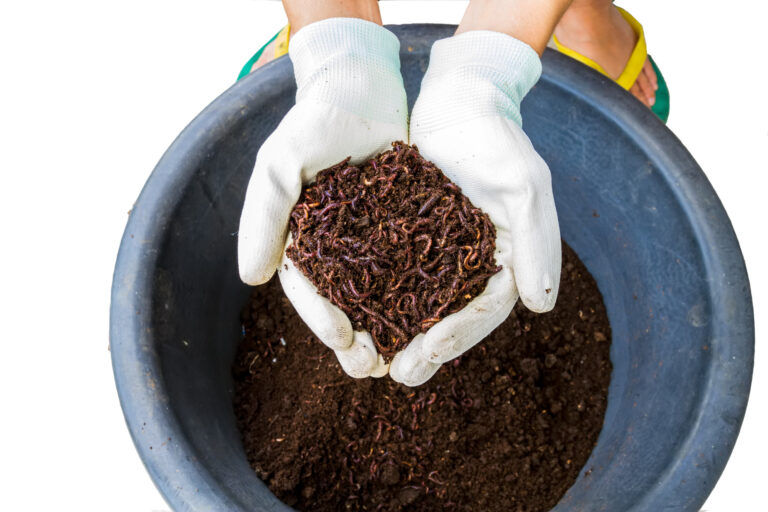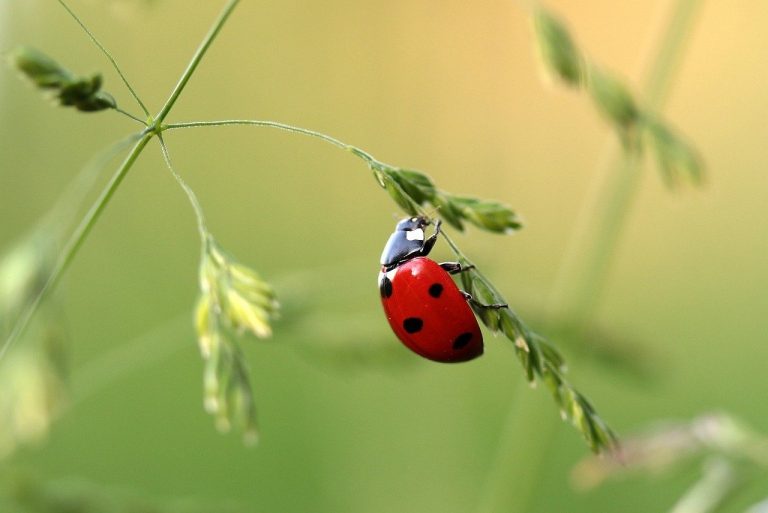Pollinators are important to your garden. If you want a sustainable garden, then you’ll want to find ways to naturally attract pollinators. And if you want a frugal garden, then you’ll need to figure out how to do so cheaply. Luckily, there are a lot of options for you to do so. What Are Pollinators?…
beneficial bugs
Could I Make Money With Worm Farming?
I was chatting with a friend the other day and she asked me if I’d ever heard about worm farming. I said, “sure, like to compost in your apartment, right?” And she said, “sure, but did you know that you can actually make money with worm farms?” Huh. I did not know that. My Friend’s…
Ladybugs Versus Asian Lady Beetles
Gardeners—especially those new to the hobby—may find it tough to distinguish between bad bugs and beneficial insects. It can take some time to get a hang of which bugs to leave alone and which to squish dead. Unfortunately, some good garden bugs have evil lookalikes. Case in point: ladybugs versus Asian lady beetles. How…


